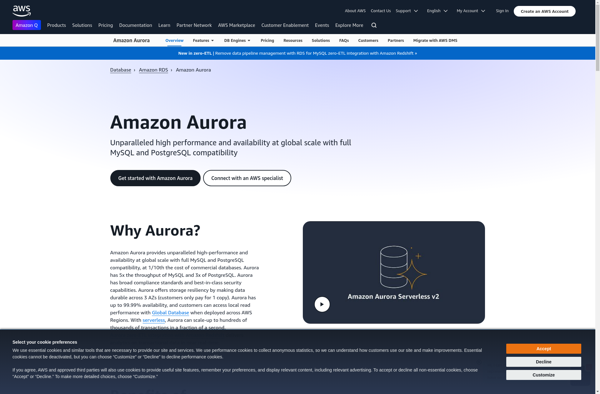IBM DB2

IBM DB2: Relational Database Management System
IBM DB2 is a relational database management system (RDBMS) developed by IBM. It supports advanced database features like row-level locking, stored procedures, triggers, XML data type storage, and native JSON data type support. DB2 runs on multiple platforms like Linux, UNIX, and Windows.
What is IBM DB2?
IBM DB2 is a proprietary relational database management system (RDBMS) that supports advanced database features for handling high-volume online transaction processing (OLTP) and analytics applications. Originally developed by IBM in the early 1980s for mainframe environments, DB2 runs on multiple platforms including Linux, UNIX, and Windows servers today.
Key features of DB2 include:
- Advanced concurrency and locking capabilities allowing high-performance data access
- Business intelligence and predictive analytics functions embedded within the database engine
- Native storage for XML data and JSON documents
- Advanced disaster recovery solutions for high availability including database partitioning and replication
- Security features like row-level access control and label-based access control (LBAC) to protect sensitive data
Some common uses cases of DB2 are:
- Core banking and financial transaction processing systems
- Airline reservation systems and inventory management applications
- Healthcare systems containing patient records and medical data
- Enterprise resource planning (ERP) and customer relationship management (CRM) solutions
Major versions of DB2 include DB2 for Linux/UNIX/Windows, DB2 for z/OS mainframe environments and DB2 for i OS used on IBM Power Systems. DB2 competes primarily with Oracle Database, Microsoft SQL Server, PostgreSQL and MySQL in the database management system software market.
IBM DB2 Features
Features
- Relational database management system (RDBMS)
- Advanced database features like row-level locking, stored procedures, triggers
- XML and JSON data type support
- Runs on multiple platforms like Linux, UNIX and Windows
Pricing
- Subscription-Based
- Pay-As-You-Go
Pros
Cons
Official Links
Reviews & Ratings
Login to ReviewThe Best IBM DB2 Alternatives
Top Business & Commerce and Databases and other similar apps like IBM DB2
Here are some alternatives to IBM DB2:
Suggest an alternative ❐DBeaver
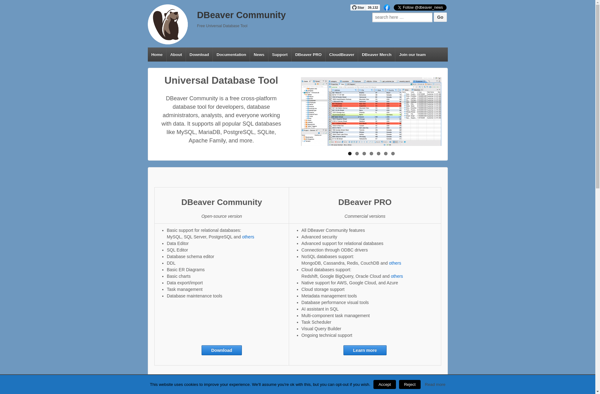
Sequel Pro

SQLite
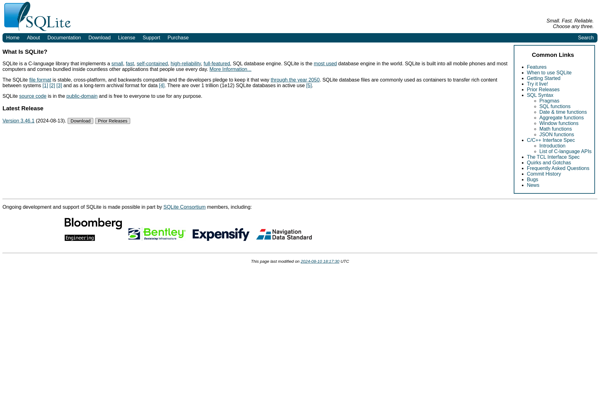
MongoDB
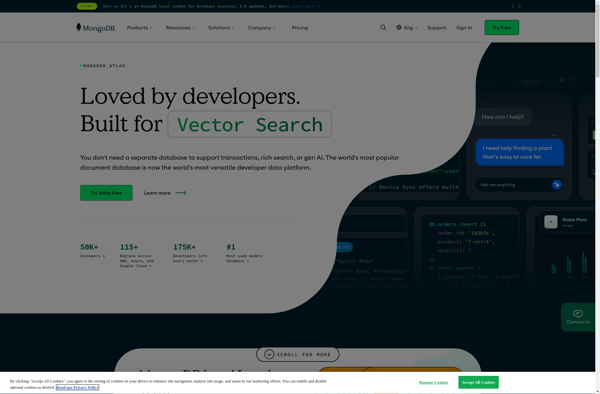
PostgreSQL
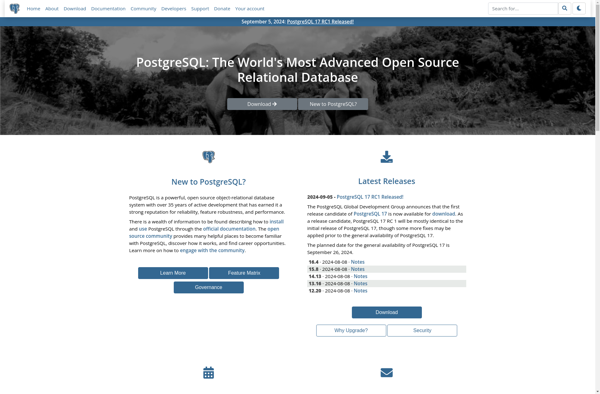
MySQL Community Edition
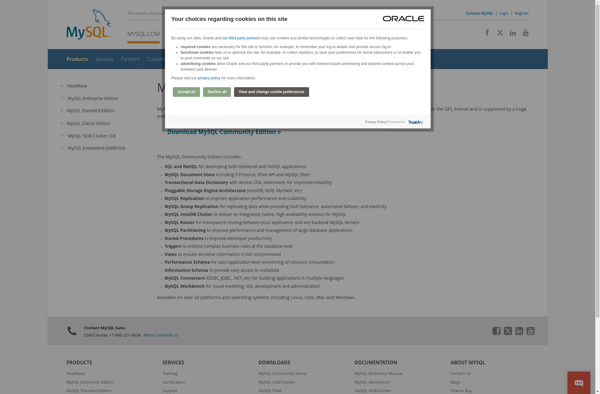
MariaDB
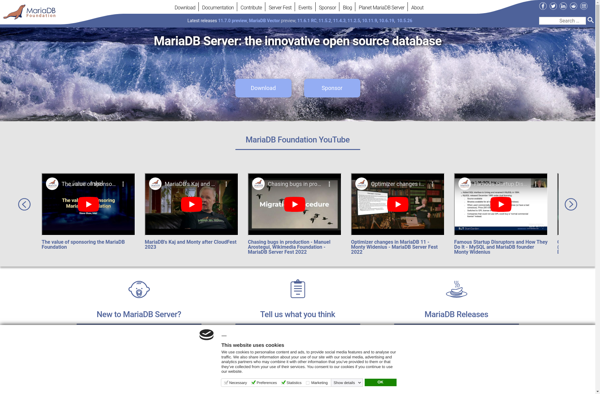
CouchDB
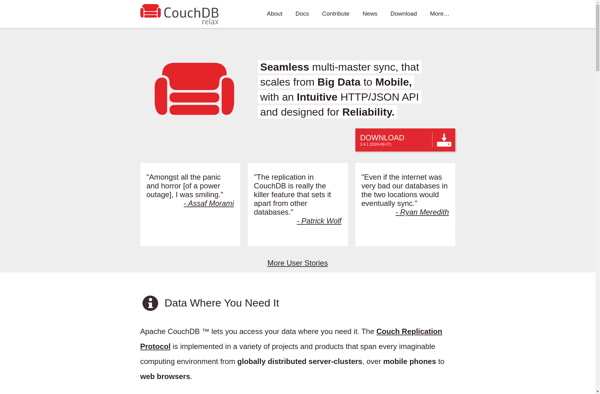
Microsoft SQL Server
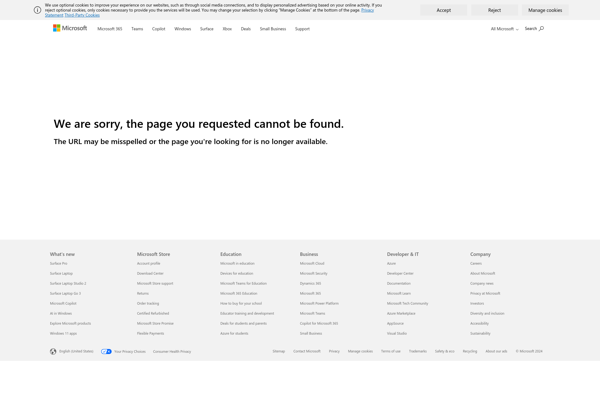
Sequel Ace
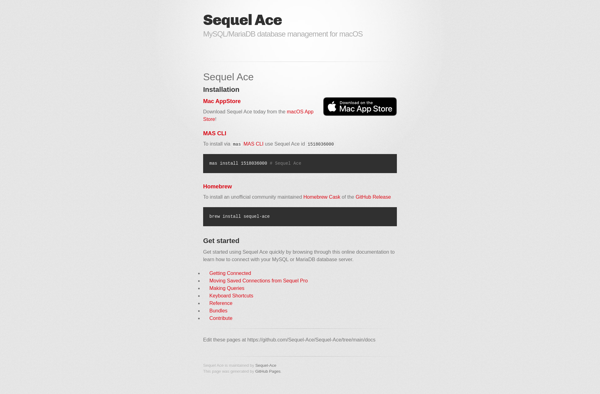
DbGate
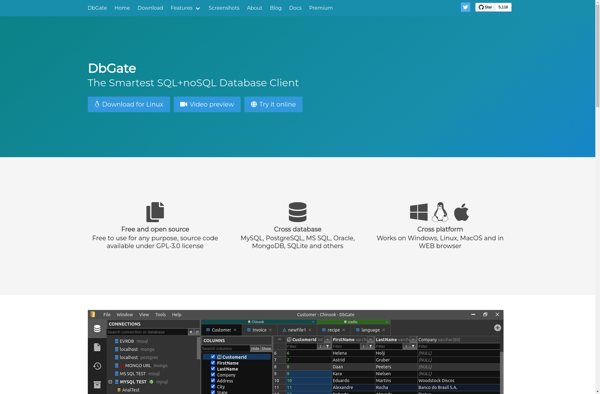
Invantive SQL
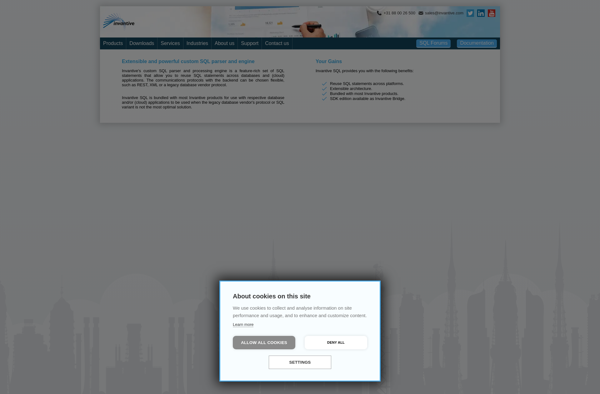
Amazon Aurora
